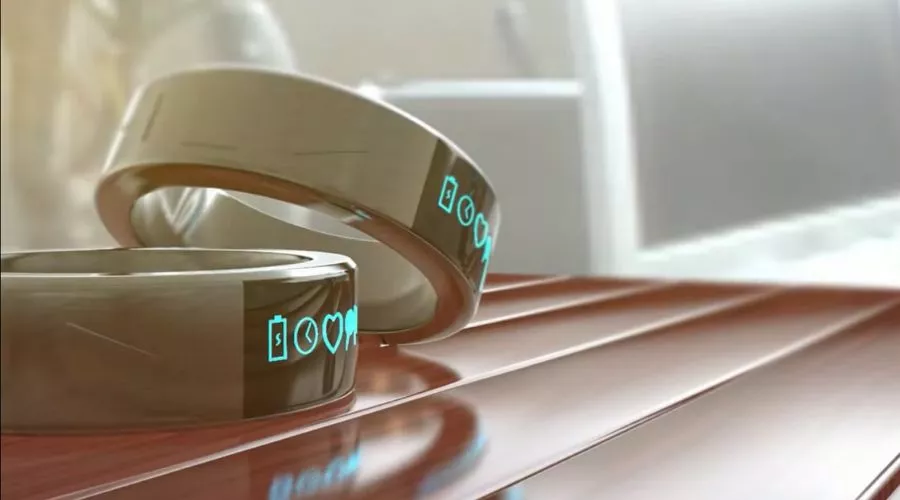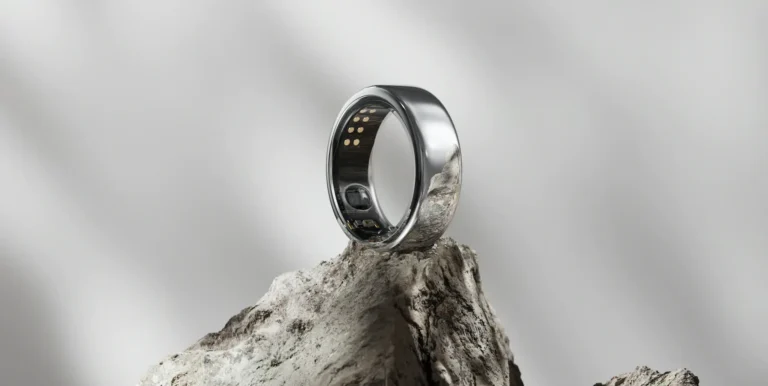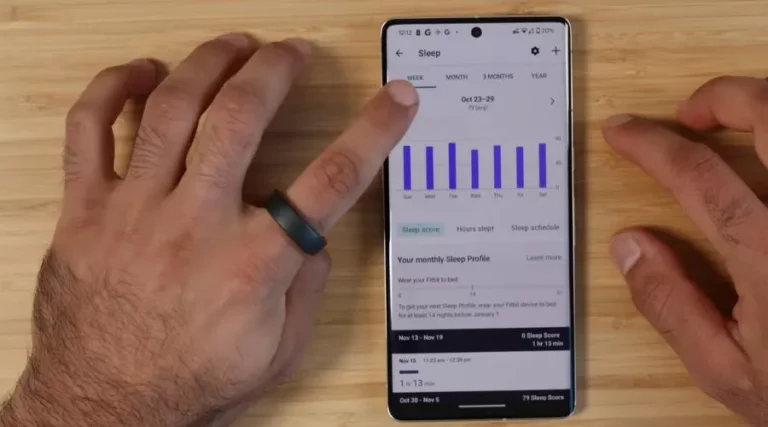History Of Smart Rings From 21st Century
🕒 Timeline: History of Smart Rings
📅 2011 – 🌟 First Smart Ring Concept The concept of smart rings emerges with the NFC Ring by John McLear. This ring could transfer information using NFC technology.
📅 2013 – 🚀 Kickstarter Campaigns Several smart ring projects, including the NFC Ring and Smarty Ring, launch successful crowdfunding campaigns on Kickstarter and Indiegogo.
📅 2014 – ⚙️ Functionality Expansion Smart rings evolve with the introduction of the Ringly and MOTA DOI SmartRing, offering features like notifications, fitness tracking, and more.
📅 2015 – 📱 Mobile Payment Integration Kerv and Token ring projects bring mobile payment functionality to smart rings, allowing users to make contactless payments with a simple tap.
📅 2016 – 🌍 Global Adoption The market for smart rings expands globally, with brands like Oura, Motiv, and Logbar gaining popularity in various regions.
📅 2017 – 🔐 Security Focus Smart rings like the Token Ring emphasize security features such as biometric authentication and encrypted data storage.
📅 2018 – ⌚ Wearables Integration Smart rings are designed to work in conjunction with other wearables, such as the Apple Watch and Fitbit devices.
📅 2019 – 🧠 Artificial Intelligence (AI) Integration Developers begin integrating AI and voice assistant capabilities into smart rings, offering more advanced features and interaction possibilities.
📅 2020 – 🔋 Battery Life Improvements Advancements in battery technology lead to longer-lasting smart rings, increasing their practicality and convenience for everyday use.
📅 2021 – 💡 Future Innovations Smart ring technology continues to evolve, with companies exploring new features, designs, and potential use cases to improve our daily lives.
The Early Days of Smart Rings
Smart rings have come a long way since their inception in the early 2010s. Back then, they were primarily used as a means of communication and notification, with features such as gesture control, message alerts, and phone calls.

One of the first smart rings to hit the market was the NFC Ring, which was launched in 2013 after a successful Kickstarter campaign.
This ring allowed users to share information and unlock devices using near-field communication (NFC) technology.
Evolution and Features of Smart Rings
As technology advanced, smart rings began to incorporate more sophisticated features. Some of the notable developments include:
- Health and fitness tracking: Smart rings like the Oura and Motiv rings now offer a range of health monitoring features , such as sleep tracking, heart rate monitoring, and activity tracking.
- Contactless payments: Some smart rings, like the Kerv and McLEAR rings, have enabled contactless payments by incorporating NFC technology, allowing users to make transactions with a simple tap.
- Enhanced security: With features like biometric authentication and encrypted data storage, smart rings have become more secure and reliable.
The Impact of Smart Rings on the Wearable Technology Market
Smart rings have carved out a niche in the wearable technology market, which is expected to be worth $62 billion by 2025.
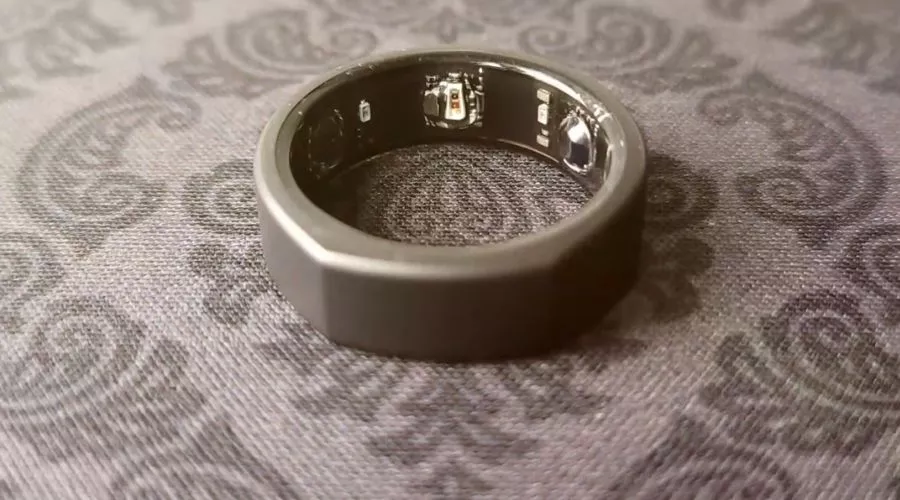
According to a report by Allied Market Research, smart rings are projected to grow at a CAGR of 19.1% from 2021 to 2027.
This growth can be attributed to factors such as the increasing adoption of IoT devices, advancements in sensor technology, and the growing health and fitness trend.
Case Studies: Successful Smart Ring Applications
- Oura Ring: The Oura Ring is a popular smart ring that focuses on health and wellness. It has gained widespread recognition for its accurate sleep-tracking capabilities, with studies showing that it can detect various sleep stages with over 90% accuracy. The ring has even been used in COVID-19 research to help predict the onset of symptoms.
- Token Ring: A token Ring is a smart ring that aims to streamline the user’s digital life by replacing keys, cards, and passwords. It has been praised for its sleek design, secure technology, and seamless integration into everyday life.
Challenges and Future Prospects of Smart Rings
Despite their growing popularity, smart rings face several challenges:
- Battery life: As smart rings become more feature-rich, battery life remains a significant concern. Manufacturers are continually working on improving battery efficiency and incorporating wireless charging options.
- Compatibility: Smart rings need to be compatible with various devices and platforms to be truly versatile. While progress has been made, there’s still room for improvement.
- Privacy concerns: As with any connected device, privacy and security remain crucial concerns for users. Manufacturers must prioritize data protection to maintain user trust.
Advancements in Smart Ring Technology
As smart rings have evolved, they’ve incorporated a range of advanced technologies that have helped enhance their functionality and appeal. Some of these technological advancements include:
Microelectromechanical Systems (MEMS) Sensors
MEMS sensors are miniature devices that combine mechanical and electrical components to perform various tasks. Smart rings have integrated MEMS sensors, such as accelerometers and gyroscopes, to track movement and orientation.
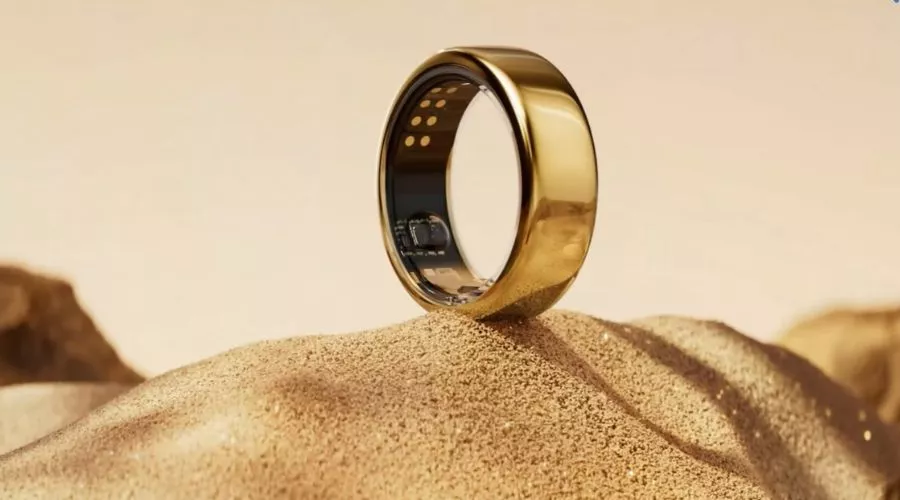
These sensors enable features like activity tracking and gesture control, improving the user experience.
Biometric Authentication
Biometric authentication, such as fingerprint recognition or heart rate pattern detection, has been incorporated into smart rings to enhance security.
By using unique physiological characteristics, smart rings can provide a secure and convenient means of authentication for various applications, from unlocking devices to authorizing payments.
Haptic Feedback
Haptic feedback technology uses vibrations to provide tactile feedback to users.
Smart rings have integrated haptic feedback to deliver discreet notifications, such as incoming messages or calendar reminders.
This feature allows users to stay connected without constantly checking their smartphones or other devices.
Energy Harvesting and Wireless Charging
To address battery life concerns, smart ring manufacturers are exploring energy harvesting technologies that can convert energy from the environment, such as solar or thermal energy, into electrical power.
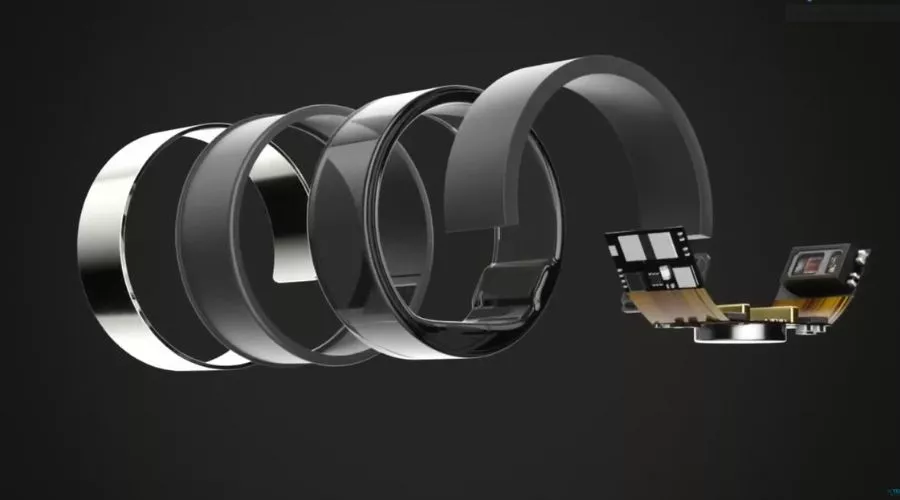
Additionally, wireless charging solutions like Qi standard-based chargers have been introduced to make recharging smart rings more convenient.
Notable Use Cases of Smart Rings
Beyond fitness tracking and contactless payments, smart rings have found applications in various industries and scenarios:
Workplace Productivity
Smart rings can streamline workplace processes by serving as an access control solution. By integrating RFID or NFC technology, smart rings can be used to grant employees access to restricted areas or enable secure logins to computer systems, improving efficiency and security.
Assistive Technology
Smart rings have the potential to assist individuals with disabilities or special needs. For example, the Sunu Band smart ring uses sonar technology to help visually impaired users navigate their surroundings by detecting obstacles and providing haptic feedback.
Gaming and Entertainment
With the ability to detect hand movements and gestures, smart rings can enhance gaming and entertainment experiences by serving as controllers for virtual and augmented reality applications.
Smart Home Integration
Smart rings can be used as remote controls for smart home devices, allowing users to perform tasks like adjusting lights, controlling thermostats, or activating security systems with simple gestures.
The continued development of smart ring technology and the integration of advanced features have opened up new possibilities for users across various industries and applications.
As these devices continue to evolve, we can expect to see even more innovative and practical uses for smart rings in the near future.
Smart rings have made significant strides since their early days, with increasingly advanced features and applications.
As technology continues to evolve, we can expect even more innovative and practical smart ring offerings in the future. So, keep an eye on this exciting segment of the wearable technology market!
FAQs
Which is recommendable: Bluetooth or NFC?
NFC is more secure than Bluetooth since it has a shorter range, which allows for a more steady connection.
On an Android, what is NFC?
Near Field Communication (NFC) is a technology that allows data to be sent between devices that are only a few millimeters apart, usually back-to-back. NFC must be enabled for NFC-based apps (such as Android Beam) to work properly.
When can smart rings firstly arise?
The first smart ring was presented for sale in 2013 by McLear, an English company invented by John McLear, Chris Leach, and Joseph Prencipe.
